No one wants to be the person that everyone complains about.
It’s easy to make the assumption that since you “never get any complaints” that your partners are satisfied enough. But since people don’t usually complain to your face, how do you know if people are complaining about you or not?
One method is to take private lessons (which we definitely recommend). Since it is the job of the teacher to be honest with you and give you feedback, you are likely going to learn a bunch of things about your dancing that you were unaware of. The best part is that they can help you start fixing things immediately.
That said, you can do some self-assessment as well.
Follow the steps below and you’ll have a method to self-assess your dancing and help make sure your partners aren’t complaining about you behind your back (or at least not as often).
Step 1: List common complaints about partners
Create a list of all the common complaints that you could make about dancing with certain people. I’m sure you can think of a handful. Ok, now list any other complaints you hear other dancers make about their dance partners.
Why? If you complain about these things, and other people are complaining about these things, you want to identify them to make sure you’re not doing them!
Here are a few (ok more than a few) to get you started:
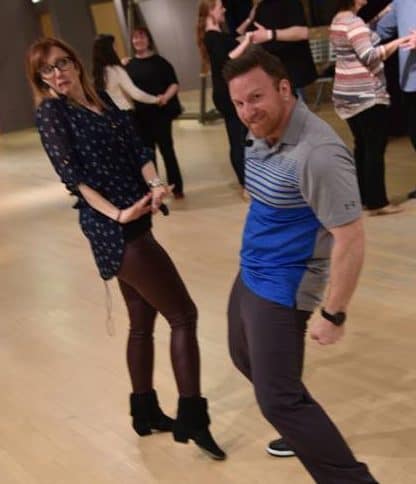 “I feel pulled early”
“I feel pulled early”- “She’s hard to hold up”
- “She doesn’t feel grounded”
- “They feel heavy”
- “They can’t go very fast”
- “She keeps stopping herself; won’t let me lead”
- “He’s really tight/rough; I have to protect myself”
- “I feel like his lead is late/absent so I have to self-lead”
- “I feel like she’s pulling me over”
- “I feel like I’m always having to fix my feet”
- “I feel restricted, like I can’t ever syncopate let alone extend the pattern”
- “I get tired of endless patterns”
- “I never have any time to play/style”
- “Feels like I’m leading the Energizer Bunny”
- “I wanted to be musical but my partner wouldn’t let me”
- “I feel like I’m just running, not dancing”
Note that these complaints are not so much about personal preferences – they are not just whining about not getting your way. They are complaints about habits that make you uncomfortable, annoyed, restricted, or afraid.
Step 2: Determine the Reasons/Causes
Look at one of the complaints from Step 1 and list out all the reasons your partner might be that way (or do that thing). This might be difficult – it’s not easy to understand the root cause of an issue, but you can try to at least scratch below the surface. Try to think technically, not emotionally.
For example, here are some reasons someone might “feel so heavy”, or “pull early”
- Adding extra flexion in their grip
- Pushing down vertically to connect
- Adding extra flexion in their bicep
- Being afraid of counterbalance
- Pitching back
- Leading instead of stretching
Here’s a quick video demonstrating what we mean:
If you want help determining the reasons/causes for a whole bunch of the most common complaints in WCS (as well as how to overcome them), join our Dancer Development Program.
Step 3: Self-Assess
Look at one reason from Step 2 and check to see if you are doing that thing or not when you do your basics and your more advanced moves. You can try a drill, video yourself, or ask a practice partner for feedback.
For example, here is a video showing you how to check if you are adding bicep tension when you think you are stretching:
You might think that you “check all the boxes” and know better than to have these bad habits. But you never know what’s in your blindspot. Almost every student we teach is shocked to discover that they have been making an error they *know* is incorrect/inappropriate. They know it’s wrong, but they didn’t realize they were doing it.
Step 4: Address the problem
If you are doing one of the things in Step 3, it’s likely because of one of three reasons:
- You don’t understand the skill yet – you need a teacher to explain it to you
- You do understand the skill cognitively, but didn’t realize you were not doing it/doing it wrong
- You do know how to do the skill physically, but have been being lazy and not focussing on it, so it has deteriorated.
So first, practice your basics and/or advanced moves while focusing on not doing that thing.
If you are successful immediately, the problem is simply #3, so you just need to stay focussed to remind yourself.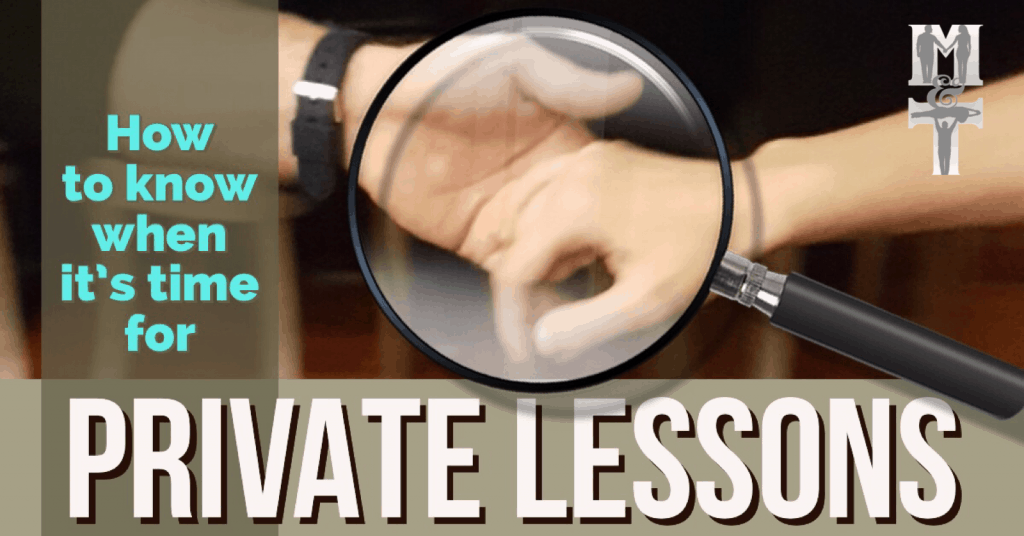
If you are not successful immediately, and your practice attempts are inconsistent, your problem is #2: you need more feedback from a teacher or practice partner so you can physically learn how to do the thing you cognitively understand.
If you are confused about how to even start, how you should execute a drill, or why this is even important, your problem is #1: time to get some 1 on 1 time with a teacher.
Step 5: Repeat Steps 3 & 4 for all the “reasons” in Step 2.
Why? You want to self-asses and address the problem for every possible reason/cause, that way you can be sure you are not guilty of any of them. Then if you do catch something, see Step 4 (Address the problem).
Step 6: Repeat Steps 2 – 5 for all the “complaints” you listed in Step 1.
Why? To systematically give yourself a total diagnostic checkup. Remember no one knows what’s in their blindspots.
If this feels like a lot of work, we can help make it much easier for you! This is the process we use to improve our students so we’ve already done all of this work many many times. Join our Dancer Development Program and save yourself hundreds of hours of time.
The Downsides
While this is a fantastic method to improve your dancing, it is often a lot slower of a method of improving compared to taking private lessons, or finding a training that shows you how to overcome all these complaints.
In Step 1, there might be certain complaints that you aren’t aware of yet.
In Step 2, there might be reasons for those complaints that you aren’t aware of yet.
In Step 3, you might not know how to check to see if you are doing those things or not.
In Step 4, you might not know how to adjust your basics so you aren’t doing those things.
So while I definitely recommend using the method shown above, and using it often, if you want to improve much faster, we have a training that has already figured out the answers to all these steps. That way, all you have to do is focus on Step 4 for the things that specifically relate to your dancing…and we’ll even help you determine what those are!
What’s more, we can train you to survive, compensate for, and adapt to a wide variety of partner habits so all those complaints you have about your partners disappear!
Click here to learn more about this Dancer Development Program
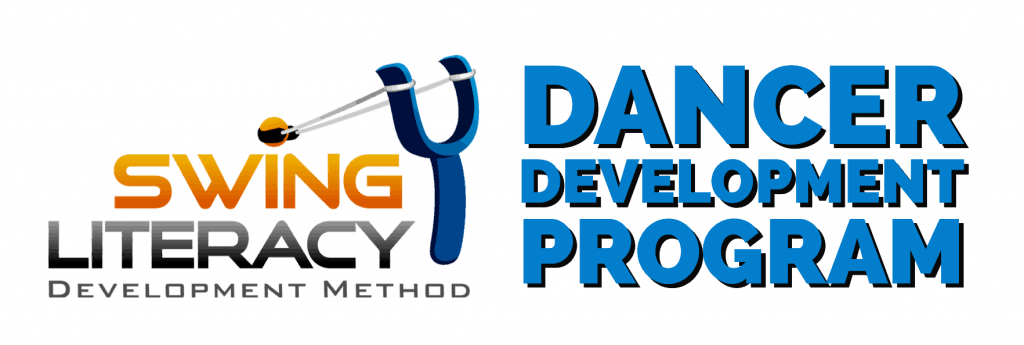
One final note
This article assumes you have your basic human essentials already: hygiene, etiquette, positive energy.
But just to cover all the bases, you might want to check in on those too.
Here are a few articles to catch you up:
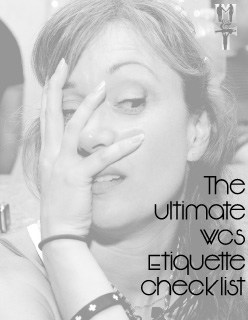
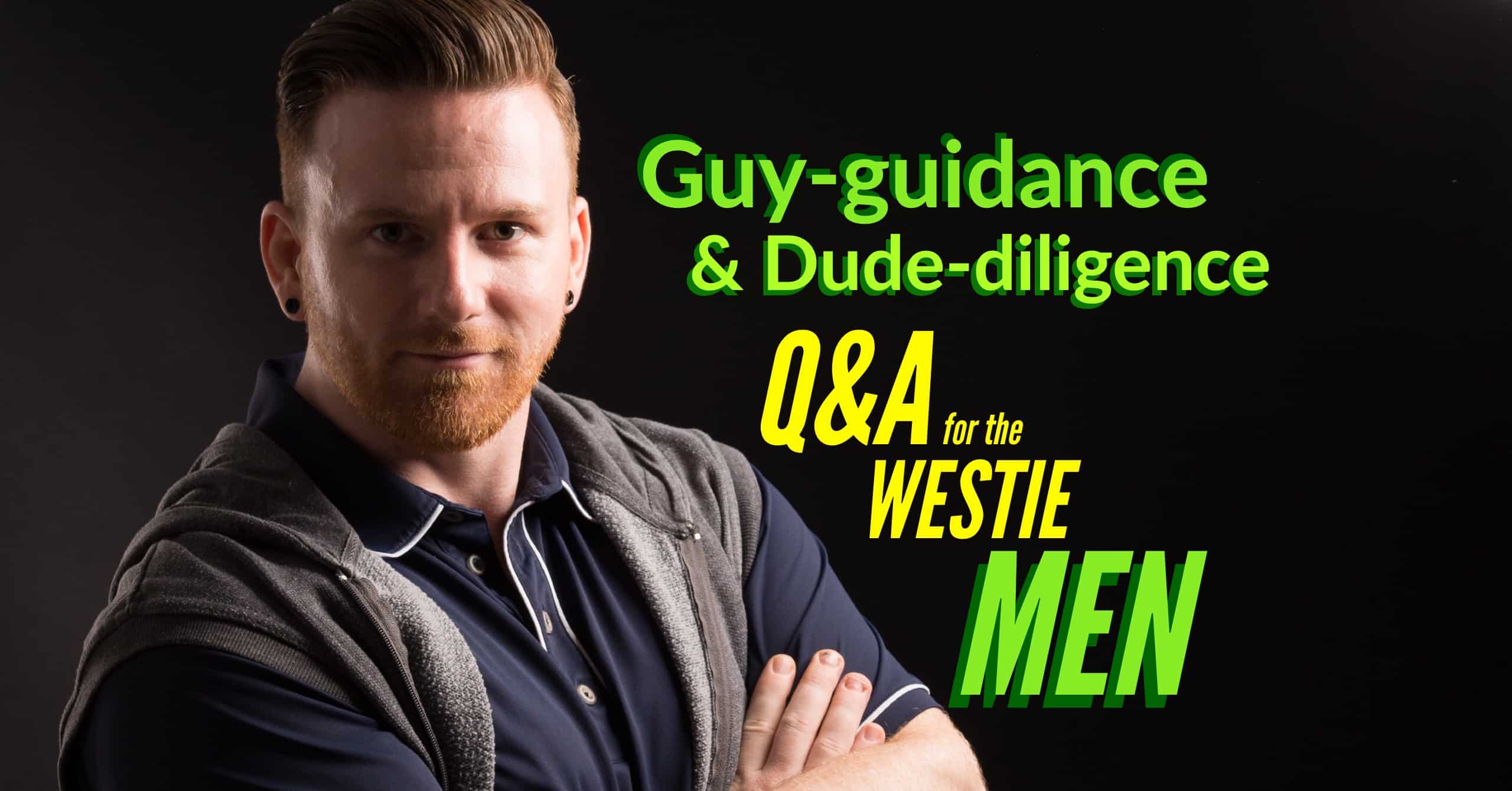

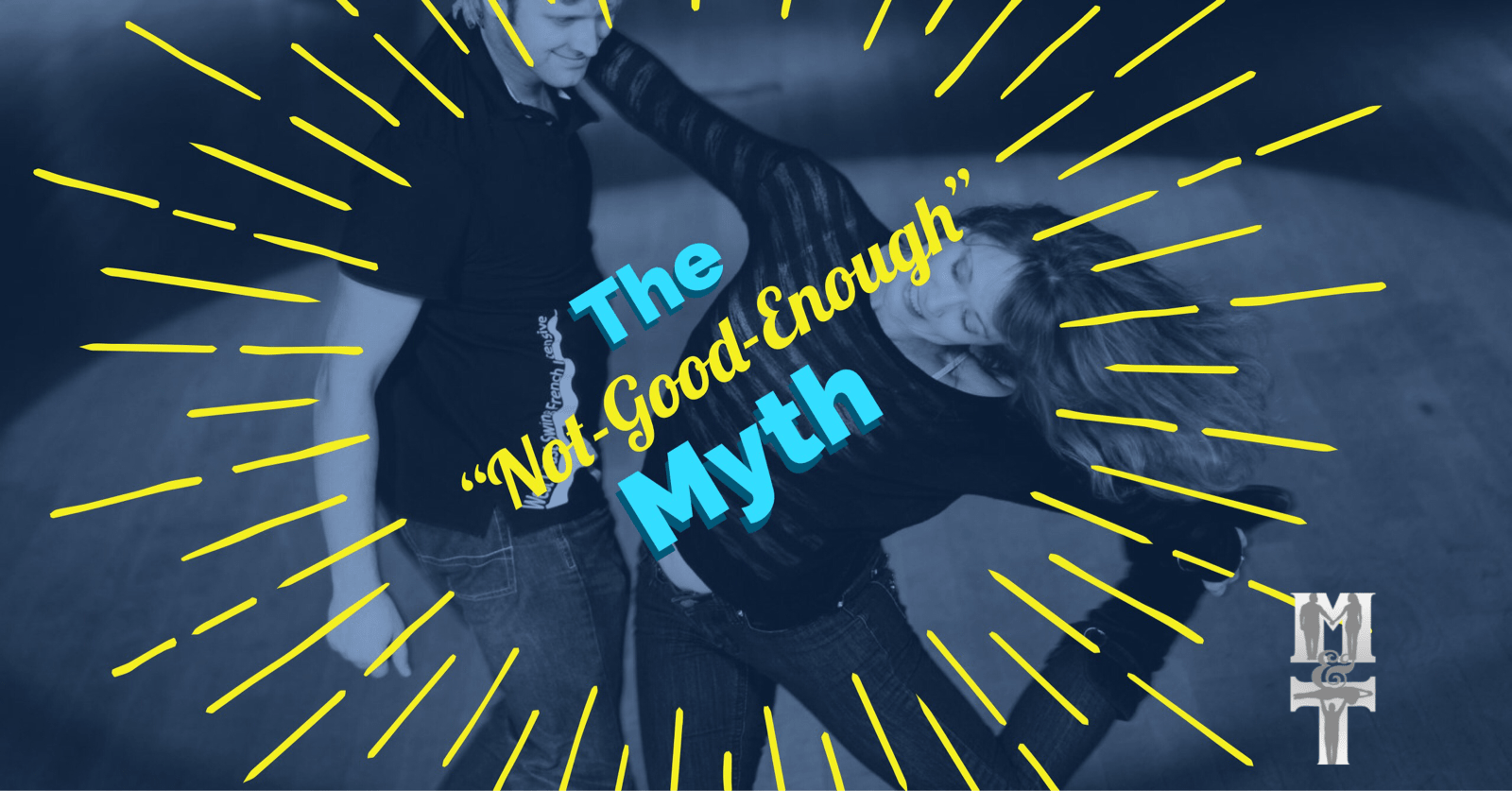
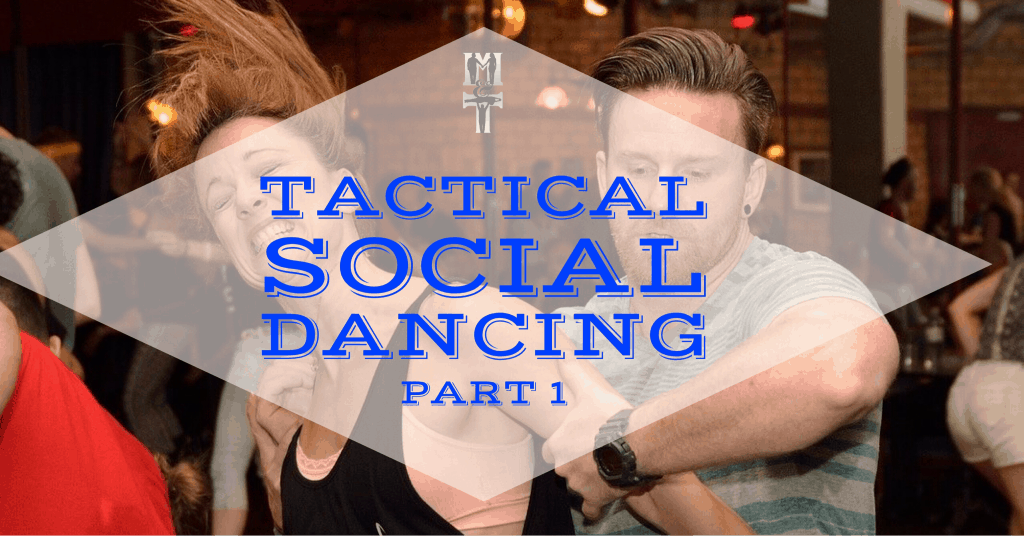
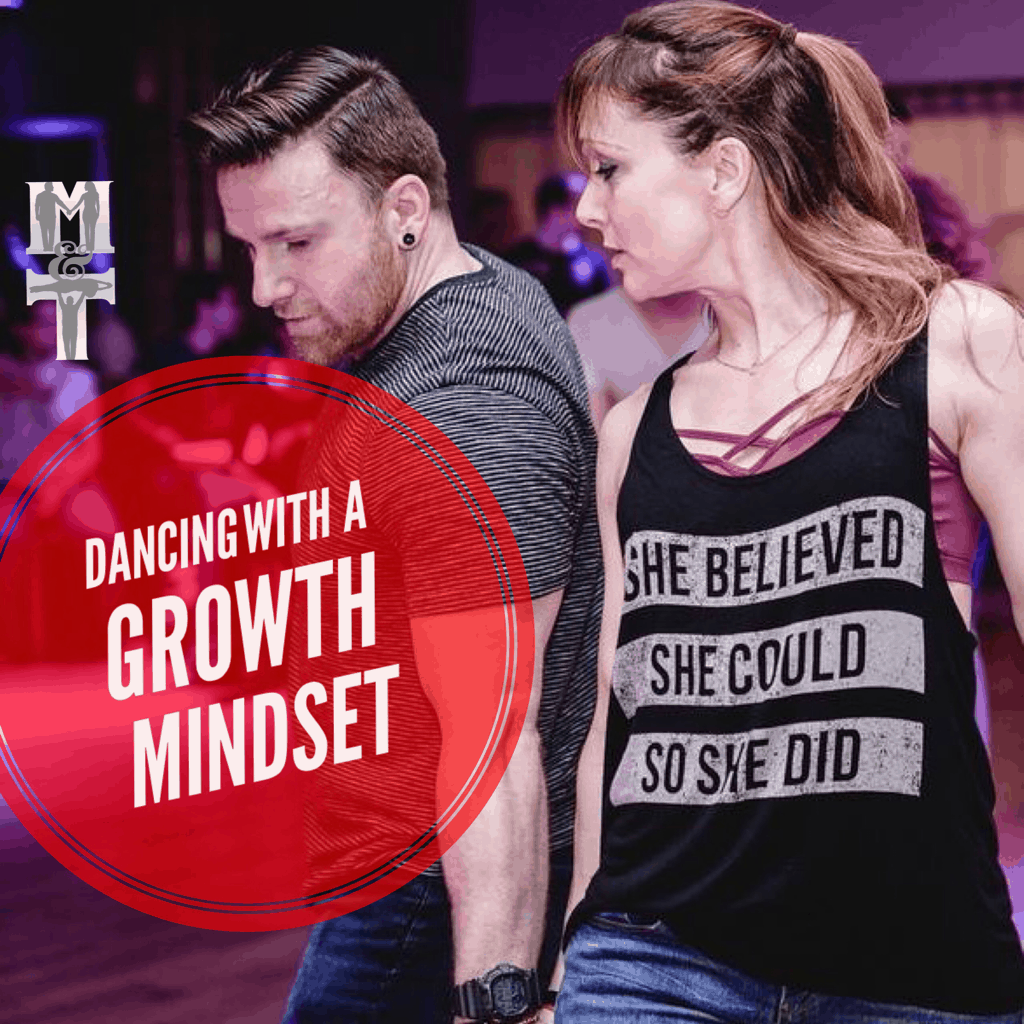
[activecampaign form=1]
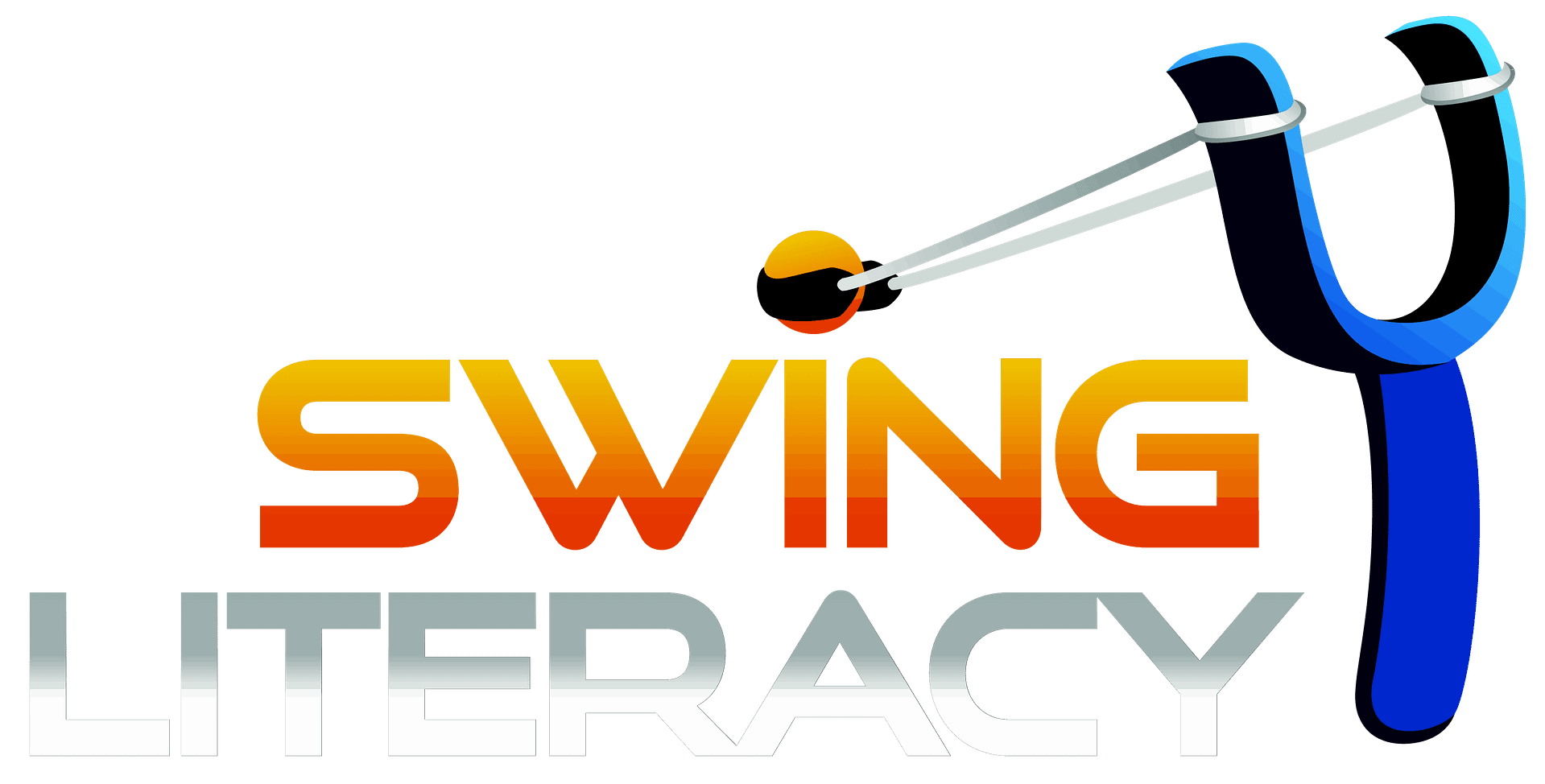
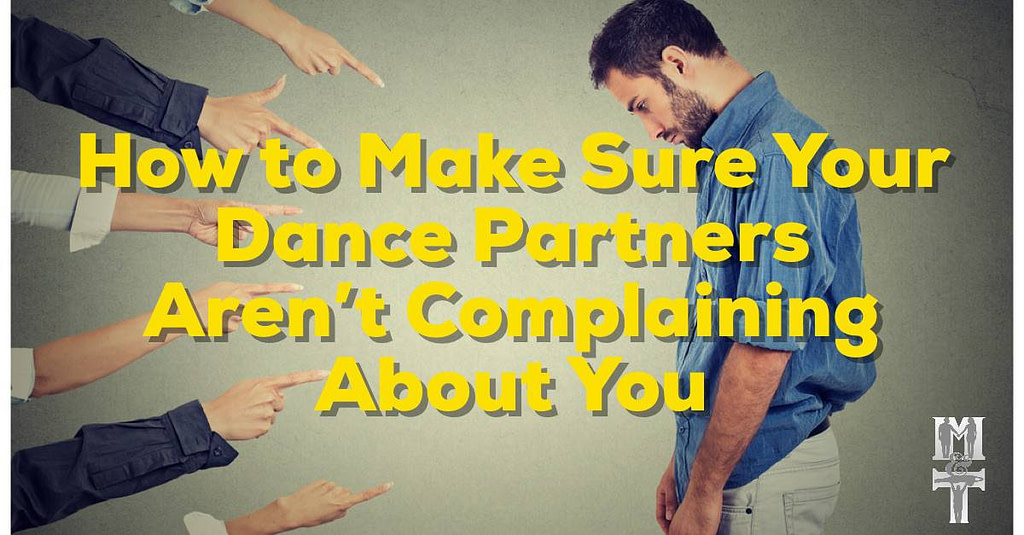

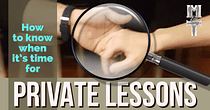

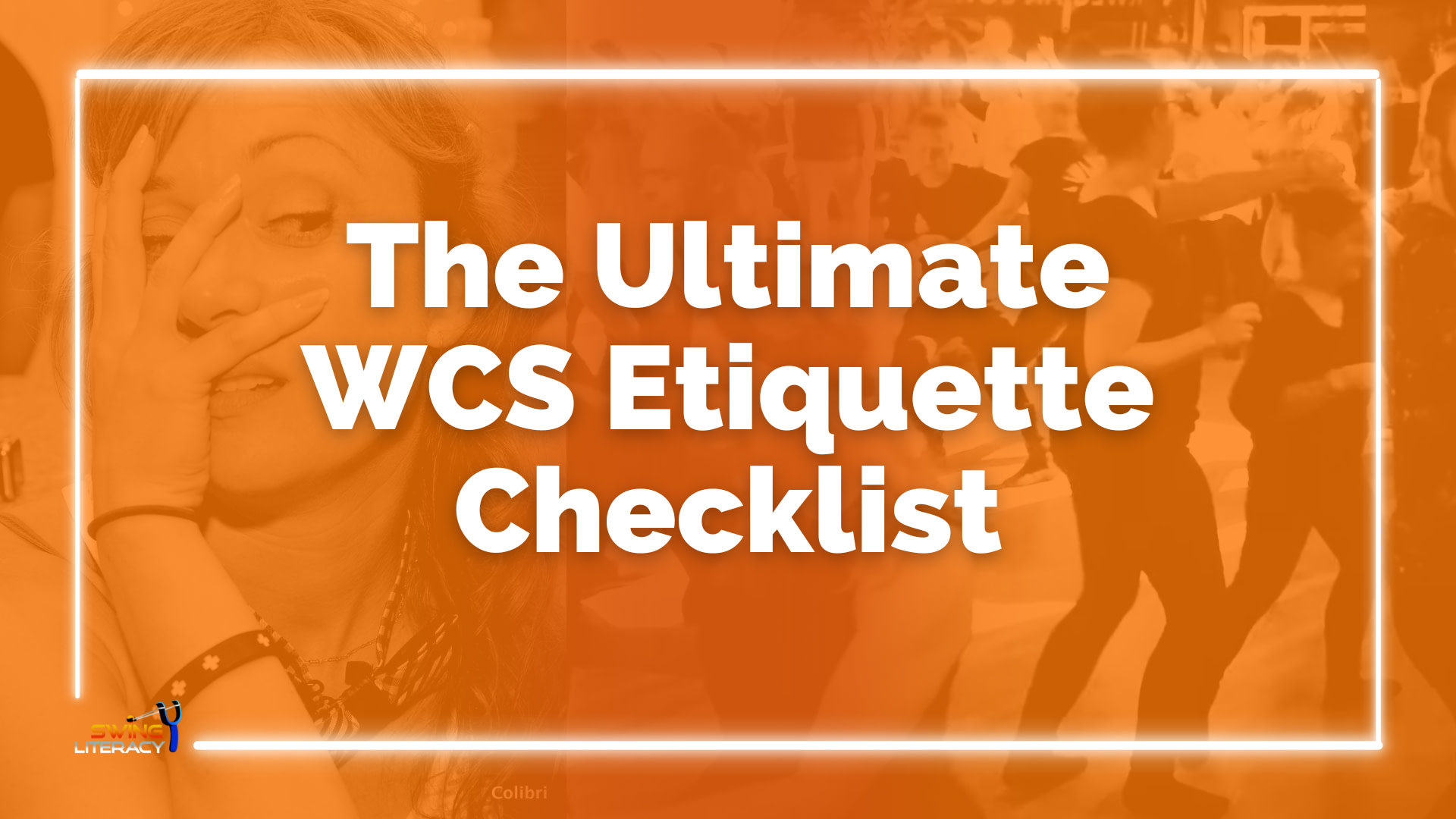

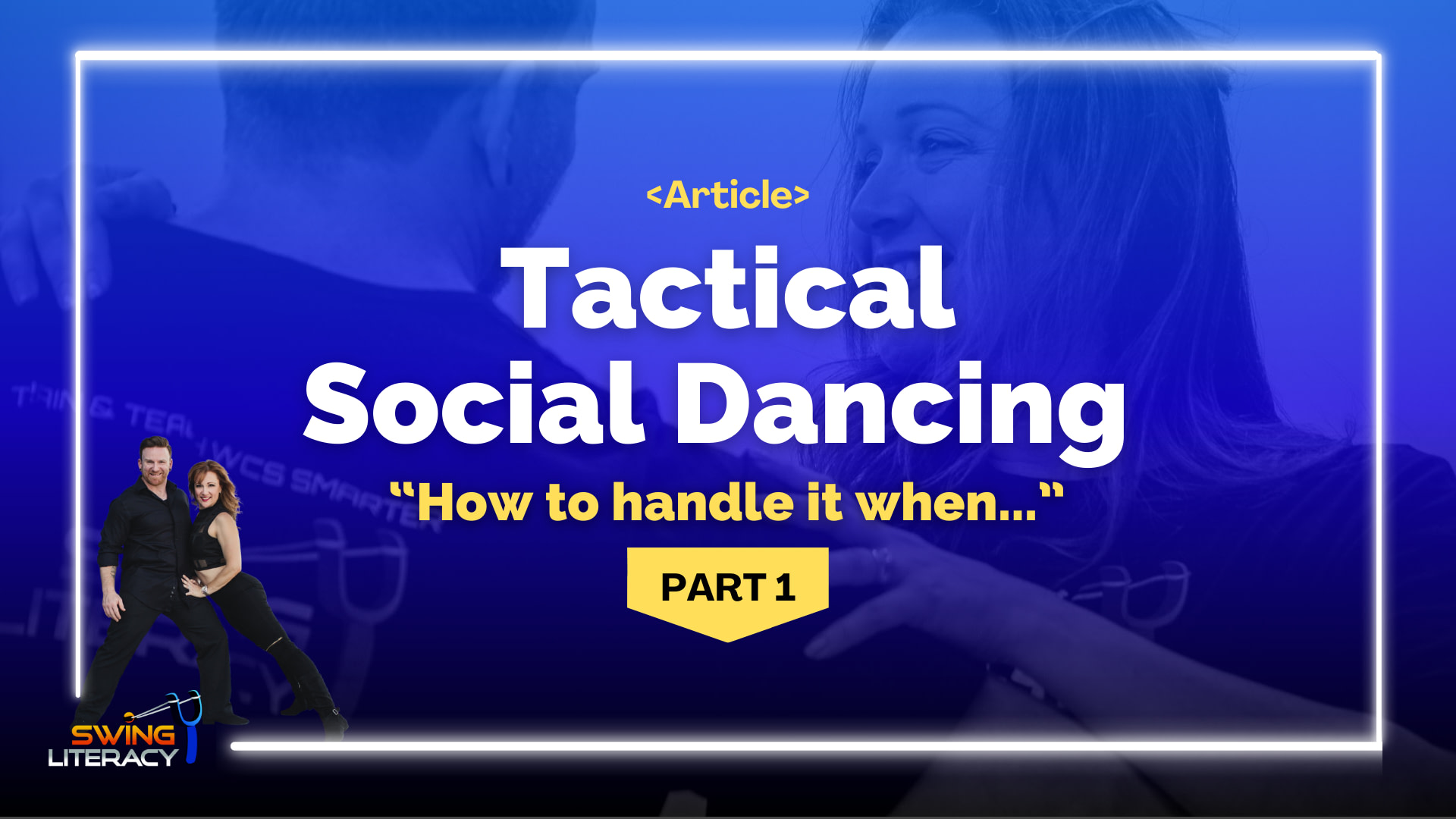


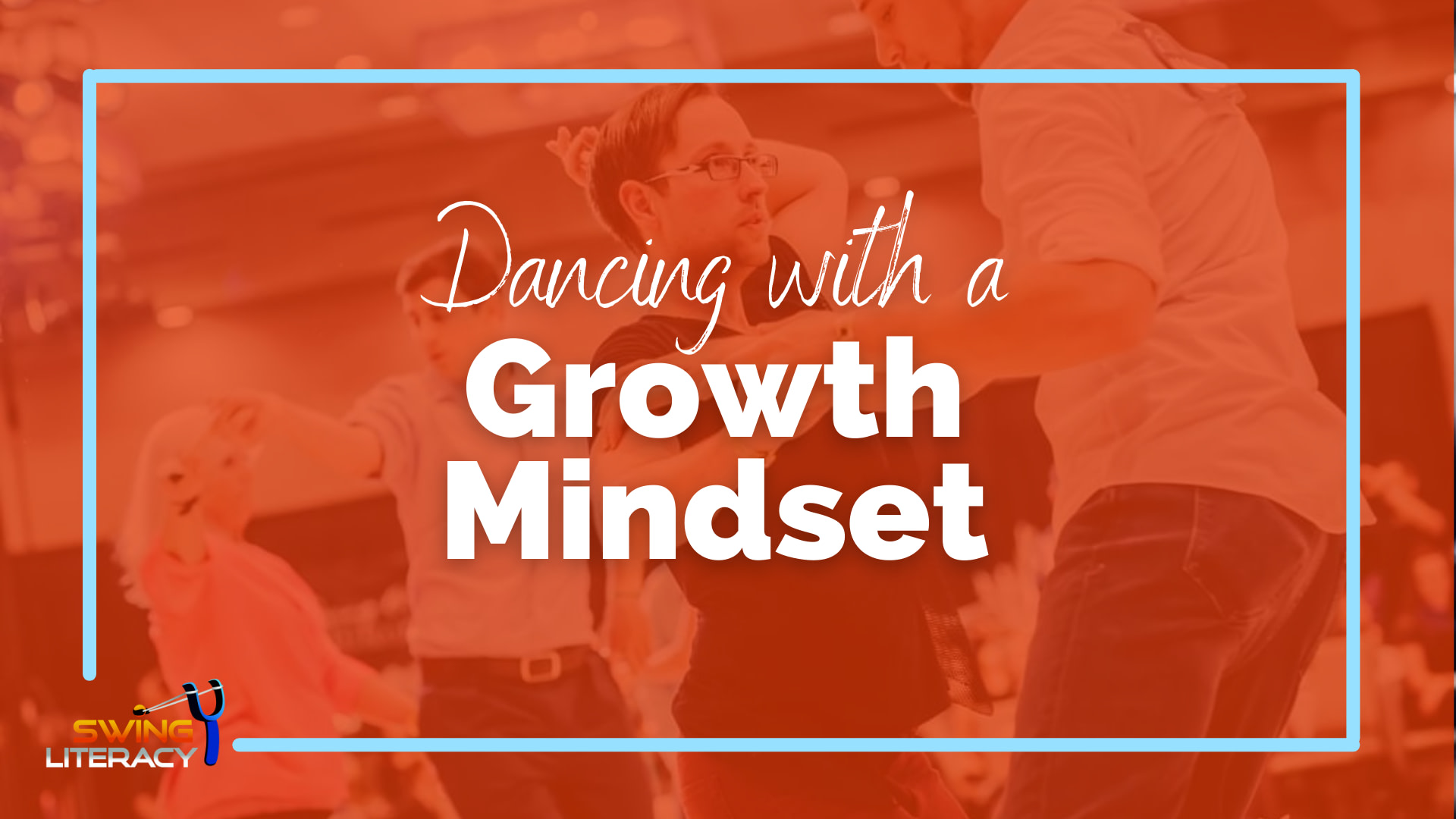
 “I feel pulled early”
“I feel pulled early”






